The Forgotten Ones
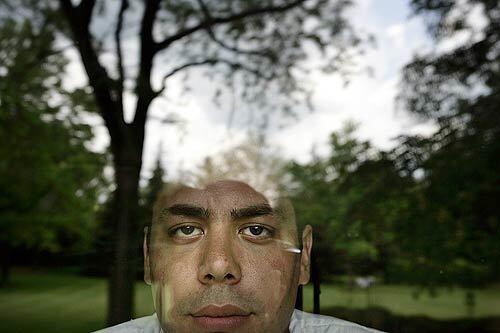
Alex Ghaffari was infected with HIV through a blood transfusion as an infant at Cedars-Sinai Medical Center. Some survivors and families of those who have died are still struggling for answers. Their efforts have disappeared into the history of AIDS. (Robert Gauthier / LAT)
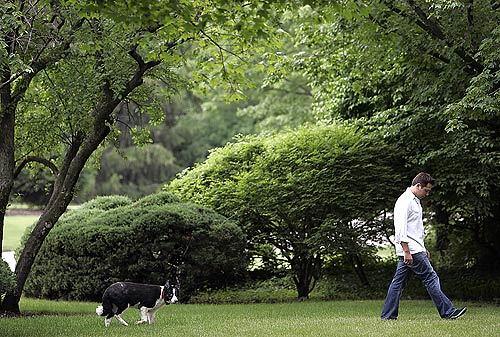
Ghaffari at the home of his late grandparents in Lake Forest, Ill., walking his dog Sasha in June 2006. (Robert Gauthier / LAT)
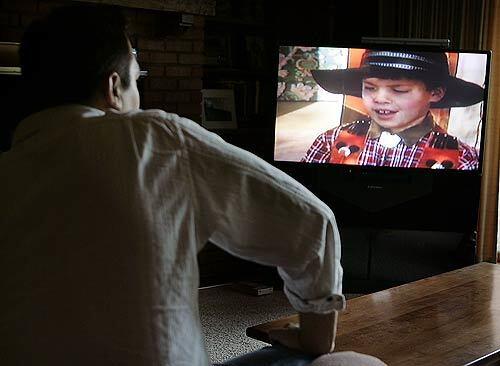
Ghaffari watches a video shot by his late grandfather showing Ghaffari as a young boy growing up in Los Angeles. (Robert Gauthier / LAT)
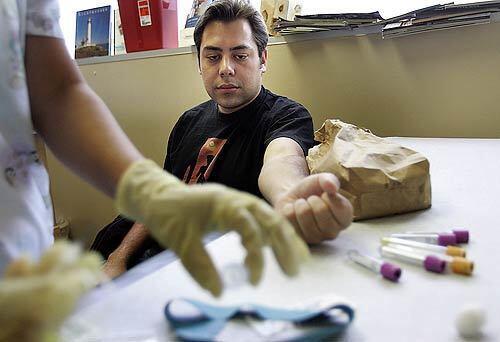
Alex Ghaffari gives blood for a recent test. He has grown resistant to nearly all of the drugs on the market and is participating in a clinical trial for a new HIV medication. (Robert Gauthier / LAT)
Advertisement
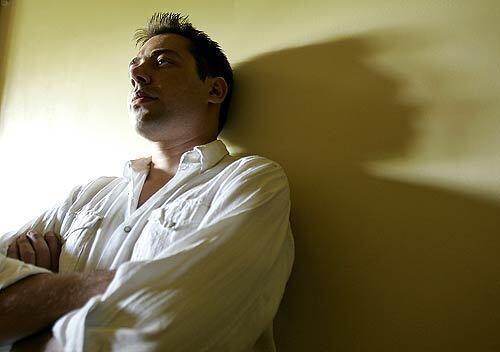
As Alex Ghaffari dated and attended college, he began to wonder: Could Cedars-Sinai have prevented his HIV infection through a blood transfusion? Were there many others like him? Were they alive? (Robert Gauthier / LAT)
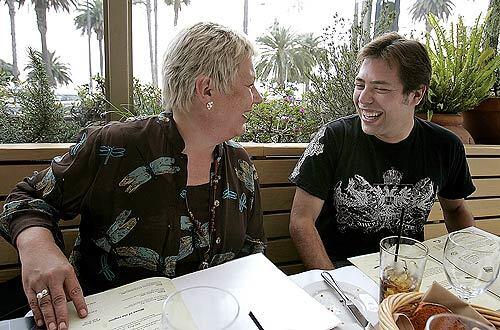
Ann Dubinet with her son, Alex Ghaffari. Ghaffari was 16 when his mother told him he was HIV positive. (Robert Gauthier / LAT)
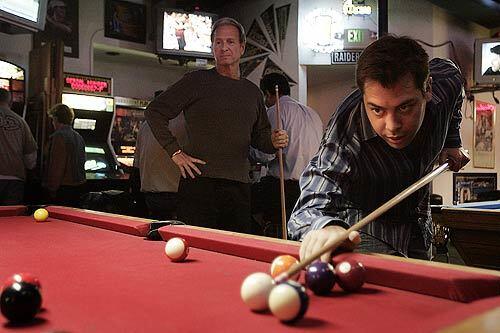
Alex Ghaffari and Bruce Kasper play pool at a Playa del Rey restaurant. In his search for answers, Ghaffari found Kasper, whose daughter had been infected by an HIV-tainted blood transfusion at Cedars-Sinai Medical Center in 1980. (Robert Gauthier / LAT)
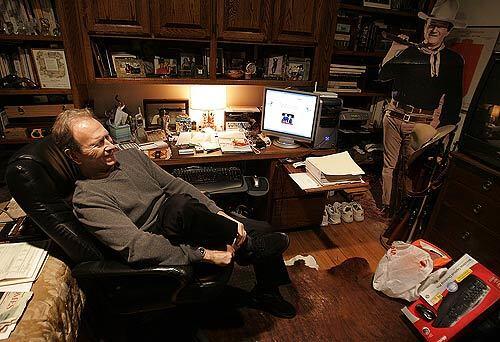
Suffering from the effects of a stroke, Bruce Kasper struggles to remove a leg brace late at night in his home office. (Robert Gauthier / LAT)
Advertisement
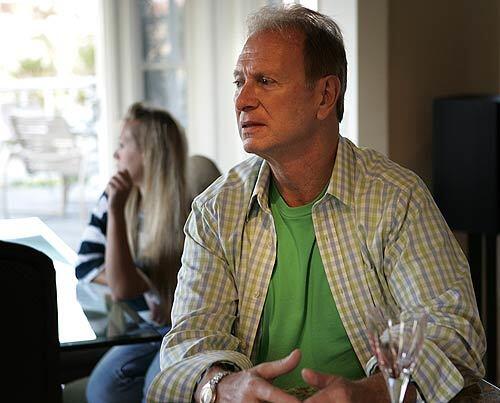
Bruce Kasper at home with his daughter Jaye. Kasper’s crusade to hold Cedars-Sinai accountable for his daughter Anique’s 1992 death from AIDS has created a distance between him and Jaye. (Robert Gauthier / LAT)
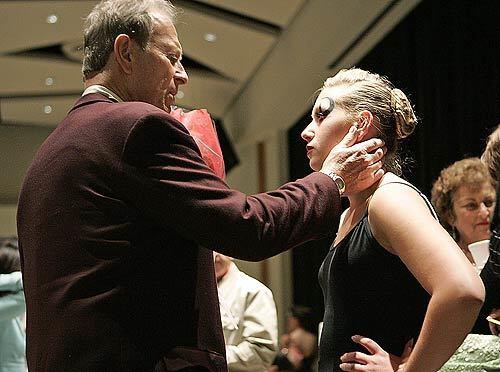
Bruce Kasper with his daughter Jaye, who is in costume after a high school dance performance. Jaye was 3 when her half-sister Anique died. (Robert Gauthier / LAT)
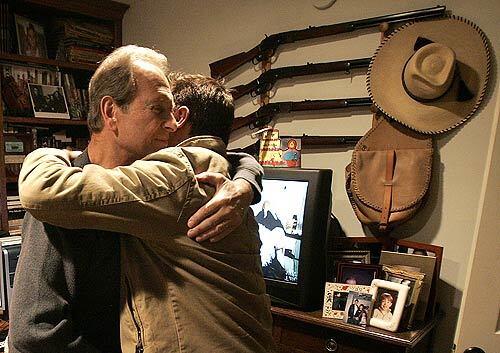
Bruce Kasper and Alex Ghaffari embrace in Kaspers home office in Playa del Rey. Ghaffari has considered Kasper a paternal figure. (Robert Gauthier / LAT)



